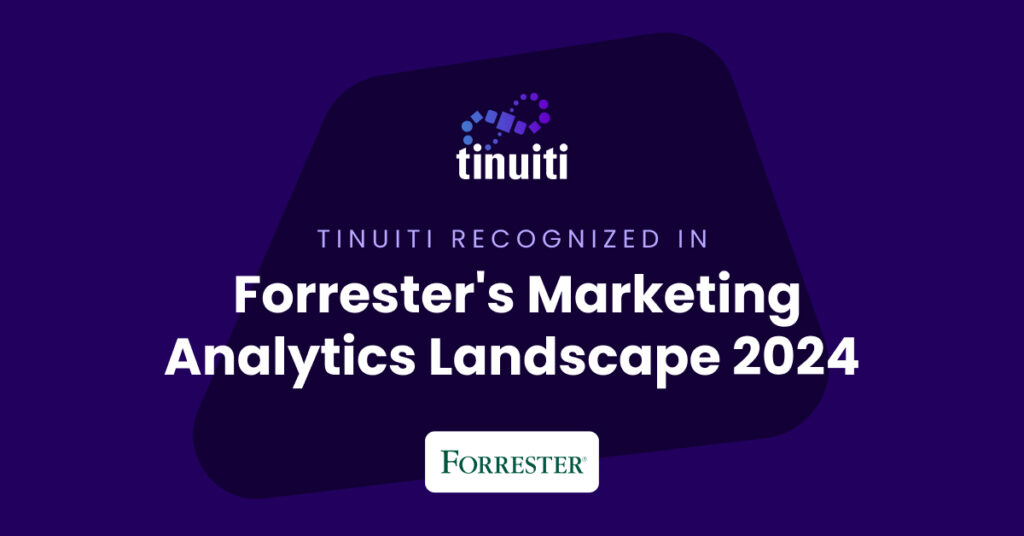It’s hard to imagine that just 13 years ago, AdWords was introduced into the world of PPC advertising. My, how it’s grown! 96% of Google’s 40+ billion in revenues are generated from pay per click advertising, and each year we’re seeing more and more money spent on SEM.
What does this mean for those of us in the industry? We can dial it down the following conclusions:
- More advertisers are entering the space
- Competition is higher, and costs for advertisers are increasing
- The need for bid management tools is greater than ever
Why Bid Management Tools Are Valuable to Advertisers
Even with increased competition and spend, why would a bid management tool be so valuable in this day and age? Advertisers are spending more money, thus increasing the size and spend of each paid search account. This means that your accounts may become harder and harder to manage manually, and keeping consistent performance in your account goals can prove to be difficult. Here are four reasons why bid management will simplify the optimization process and improve all-around performance:
- Greater Control. As accounts grow and accrue more keywords, keeping in line with your overall goals can become a challenge to manual optimizations. Using advanced filters and bid parameters, you can manage and optimize across the account faster than before.
- Manage More in Less Time. More spend and expansion efforts take a great deal of time to create, manage, and optimize. Creating bid rules around specific goals can aggregate, automate, and optimize your campaigns on a mass scale.
- Productivity. If we can automate certain management features, we will save considerable amounts of time. As an account manager, time is of the essence! The more we have available, more creativity and innovation can be tested within the account, thus creating more opportunities to grow overall business.
- Streamlined Reporting and Analysis. Bid management platforms use advanced algorithms to analyze data and create detailed reporting for your clients each week. This can range from overall performance to path to conversion attribution models. This allows us to better understand behavior of keywords and apply the necessary optimization strategies.
Now that we understand why bid management is necessary for paid search campaigns, which ones should we use? There are several big names in the space, and I’m here to tell you the advantages of each.
DART for Search
Advantages:
- Real Time Data – as Google’s very own bid management platform, DART for Search syncs with AdWords without the time delay of other management tools. With this unique feature, you can evaluate performance as conversions occur.
- Manage Multiple Channels in One Interface – we are not limited to search; rather, we can manage display, remarketing, etc. through this platform.
- The Floodlight Container Tag – a universal tracking container as a pixel that when fired, displays codes for all pixels stored within that container. Here, you can add pixels from any and all vendors you use. This deeply simplifies the overall tracking process, making it easier to manage.

Marin Software
Advantages:
- Easy to Navigate Interface – This is a top contender for the best intuitive user interface. Moving between campaigns, keywords, and ad copy is simple and clear. For a PPC account manager, simplicity is like a tropical vacation: you want it, you need it, and you’ll always welcome it!
- In-Grid funneling Capabilities – When taking a look at overall performance, you can add filters to any column you choose and see your desired filters straight from the user interface. In the example below, I can filter for any campaign containing a certain word, and the filtered results will appear on my dashboard. This makes it easier to find specific sets of data in a short amount of time.
- Bi-Directional Syncing – Any changes made within AdWords and not within the UI will automatically be synced into Marin each night, so you know that the two platforms are reading the same data.

Kenshoo
Advantages:
- Simple Pixel Implementation – Parameters and conversion types are customizable based on specific client needs, and implementation is very straightforward.
- In-Grid Comparison Features – Kenshoo’s comparison feature allows you to adjust metrics within the grid over a period of seven days (or any amount you feel necessary) with the seven days prior. It uses arrows to highlight any increases or decreases in your desired metrics, making it easier to identify issues and to implement strategies to correct performance.

- Bid Policies – Kenshoo’s bid policy algorithms shine within large accounts. With detailed parameters available for each policy, you can have automatic bid optimization suggestions run daily or weekly, depending on the account strategy.

Hopefully these high level assessments will help you understand which bid platform may suit you and your account best. Happy Optimizing!
You Might Be Interested In












